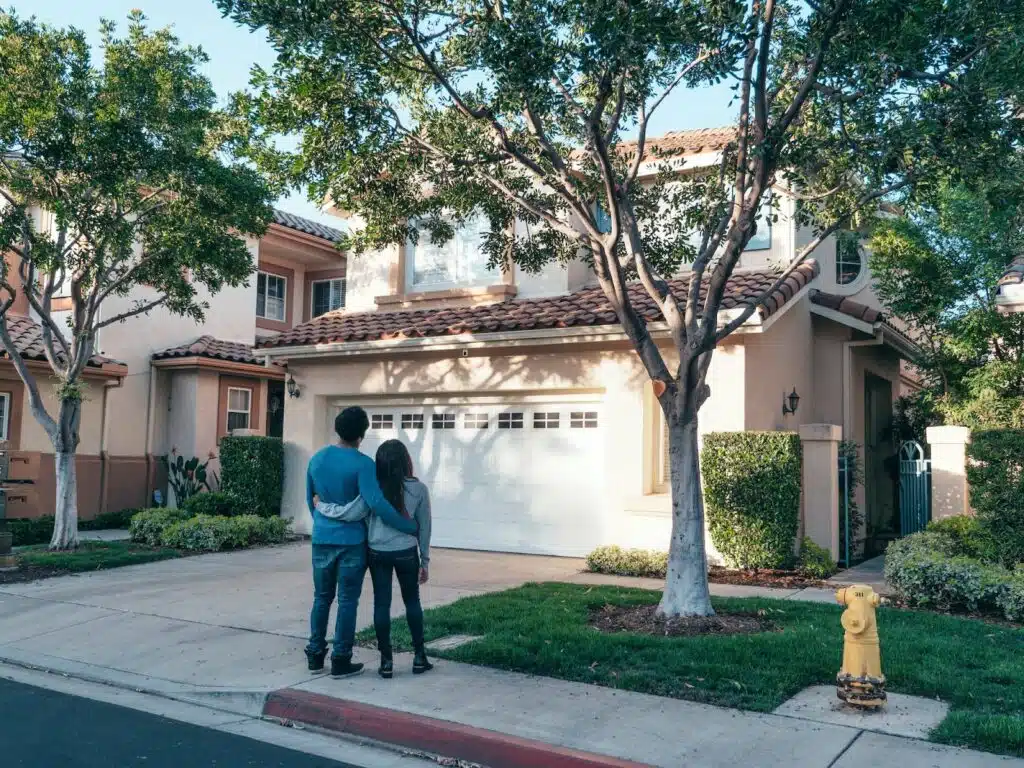Owning a residential home is a significant investment and maintaining its condition is essential for its long-term value, functionality, and aesthetic appeal. Regular upkeep and proactive maintenance not only contribute to a comfortable and safe living environment but also minimize potentially costly repairs down the line. In this blog post, we will provide you with a comprehensive guide on how to keep your residential home in top condition. From preventive measures and regular inspections to proper cleaning and addressing repairs promptly, these tips for home maintenance will help you preserve your home’s condition and ensure it remains a haven for years to come.
Implement a Regular Maintenance Schedule

Developing a routine maintenance schedule is crucial for keeping your residential home in optimal condition. Create a checklist of maintenance tasks to be performed monthly, quarterly, bi-annually, and annually. This includes inspecting and cleaning gutters, checking and replacing HVAC filters, testing smoke detectors, and scheduling professional inspections of electrical systems, plumbing, and roofing. Adhering to a maintenance schedule allows you to identify and address minor issues before they escalate into major problems, saving you time, money, and potential headaches.
Conduct Regular Inspections
Regular inspections help you identify any potential issues or areas of concern in your residential home. Walk around your property and look for signs of damage, such as cracks in the foundation, leaks, or peeling paint. Check the integrity of windows and doors, ensuring they are properly sealed and functioning. Inspect the attic and basement for signs of moisture or mold. By conducting thorough inspections, you can catch problems early on and take the necessary steps to rectify them promptly.
Address Repairs Promptly
When issues arise in your residential home, it’s crucial to address them promptly. Whether it’s a leaky faucet, a malfunctioning appliance, or a cracked tile, tackling repairs in a timely manner prevents further damage and potential safety hazards. Develop a system for reporting and tracking repairs, and be proactive in finding reliable professionals to handle different types of repairs. Ignoring or postponing repairs can lead to more significant problems down the line and end up costing you more in the long run.
Invest in Preventive Measures
Taking preventive measures is key to keeping your residential home in top condition. This includes actions such as regularly changing air filters, installing surge protectors to safeguard electronics, and maintaining proper ventilation and insulation to prevent moisture-related issues. Invest in pest control services to protect against infestations and implement measures to prevent water damage, such as installing a sump pump or sealing basement walls. By being proactive and implementing preventive measures, you can mitigate potential risks and maintain a well-protected and secure home.
Preserve Outdoor Spaces

The exterior of your residential home is just as important as the interior. Regularly maintain outdoor spaces, such as the lawn, garden, and patio, to create an inviting and well-cared-for ambiance. Trim trees and bushes, remove weeds, and fertilize the lawn to keep it healthy and lush. Consider investing in proper irrigation systems to ensure your plants receive adequate water. Regularly clean and maintain outdoor furniture and fixtures, such as patio sets, grills, and lighting, to prolong their lifespan. Additionally, inspect and repair any damages to fences, gates, or pathways to enhance both the functionality and visual appeal of your outdoor spaces.
Take Care of Roofs
Roof maintenance plays a critical role in preserving the overall condition of your residential home. Regularly inspect your roof for signs of damage, such as missing or damaged shingles, cracks, or leaks. Address any issues promptly to prevent water damage and structural issues. Clean gutters and downspouts regularly to ensure proper drainage and prevent clogs that can lead to water pooling on the roof. Additionally, consider scheduling professional roof inspections and maintenance to identify any underlying issues and extend the lifespan of your roof. If you live in the Austin, Texas area, for example, look into repair works that are best suited for your roofing needs. By taking care of your roof, you protect your home from potential water damage and maintain its structural integrity.
Conclusion
Keeping your residential home in top condition requires commitment and regular maintenance. By implementing a proactive approach, conducting regular inspections, staying on top of repairs, and investing in preventive measures, you can preserve the value, functionality, and aesthetic appeal of your home. Additionally, prioritizing cleaning, preserving outdoor spaces, and ensuring home security contribute to creating a comfortable and safe living environment. Embrace these tips and make them part of your homeowner routine to enjoy a well-maintained and cherished residential home for years to come.






